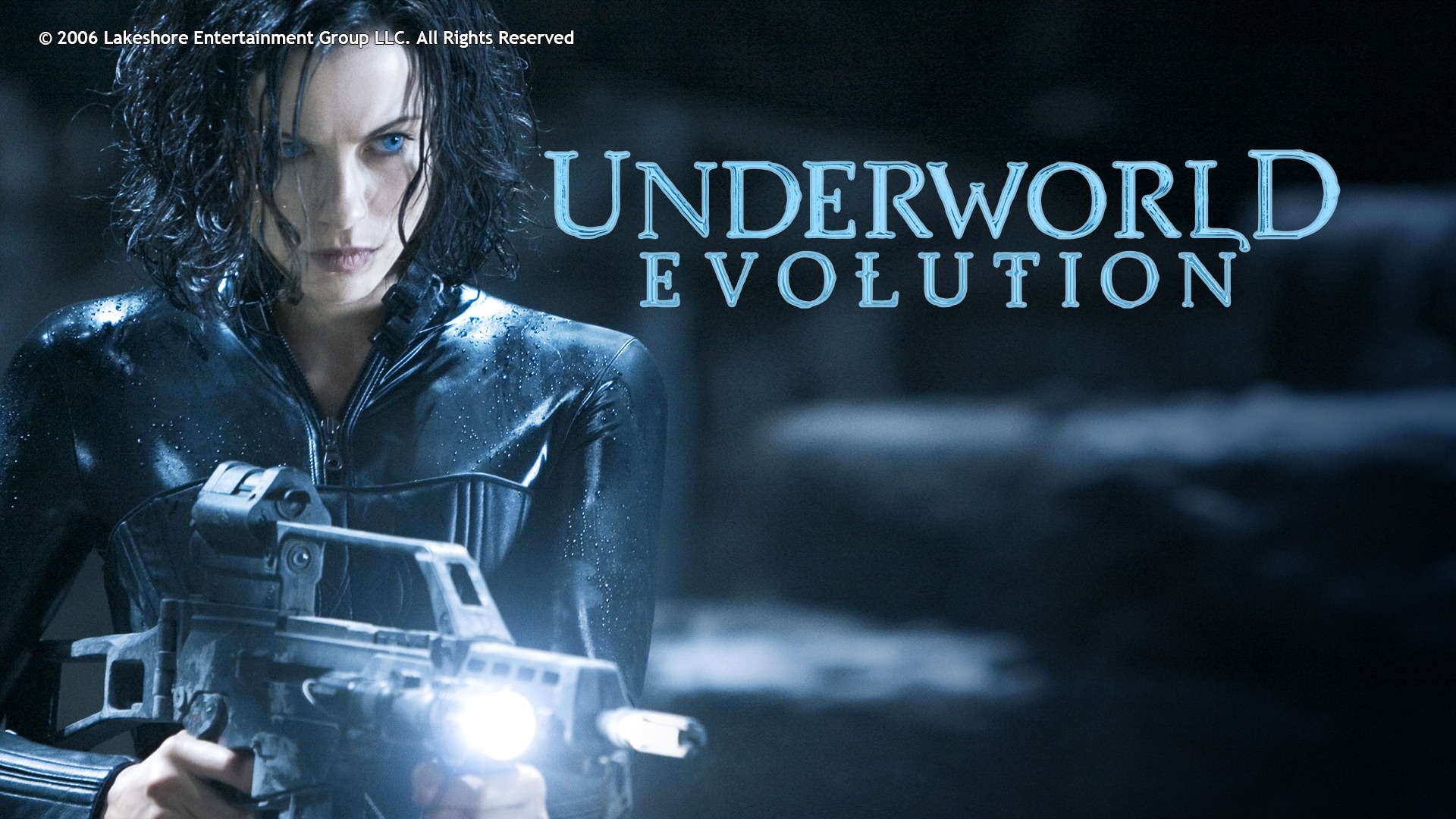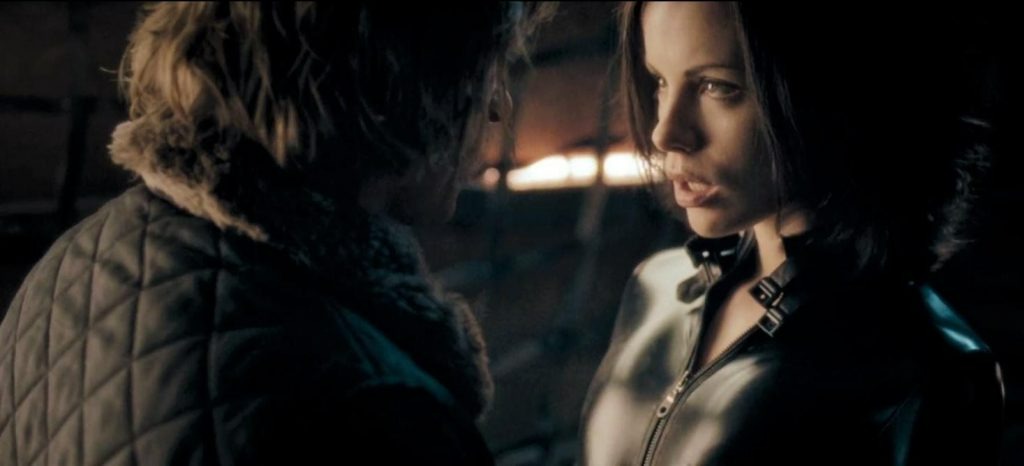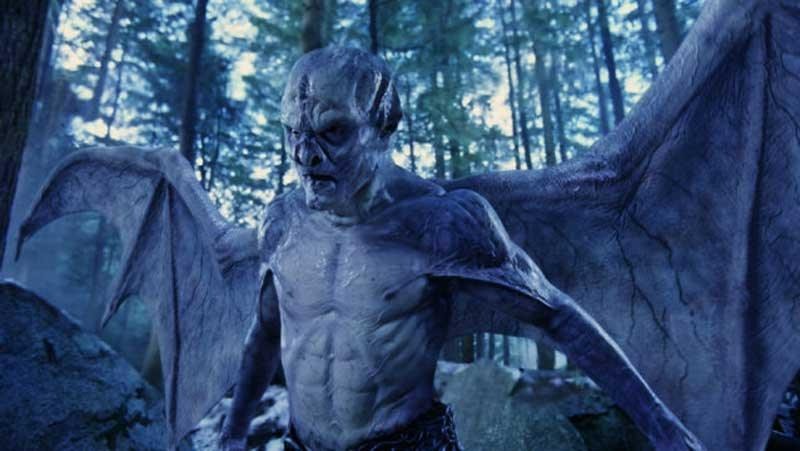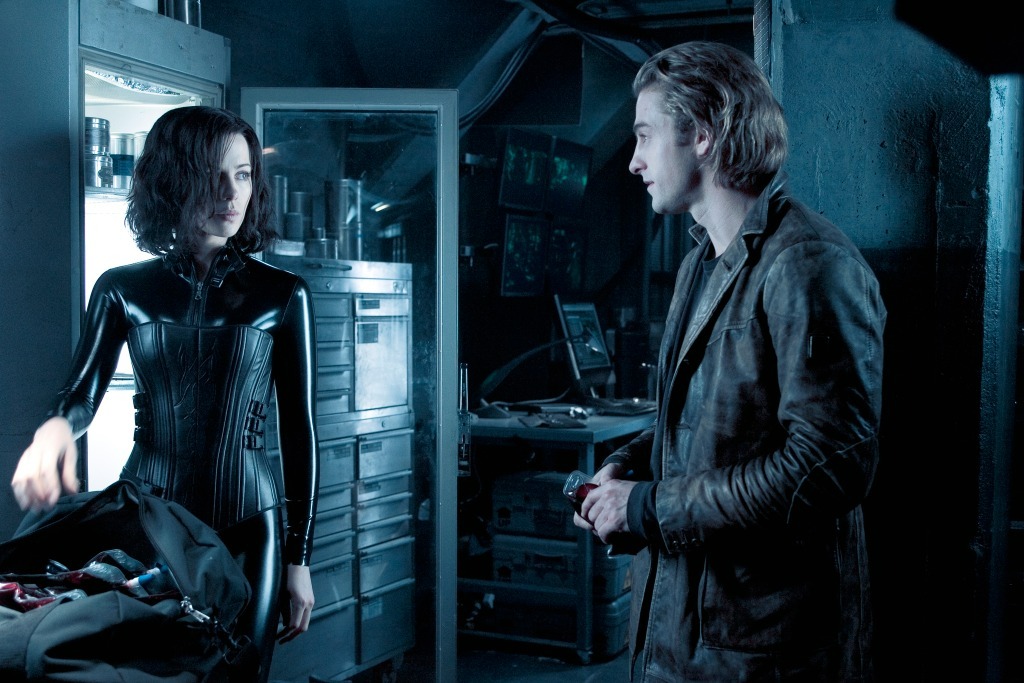
Underworld: Evolution (2006) is an action-horror film directed by Len Wiseman and written by Danny McBride, based on a story by both Wiseman and McBride. It is the sequel to the 2003 film Underworld and the second installment in the Underworld series. The film continues the story of Selene (Kate Beckinsale), a vampire warrior, as she uncovers dark secrets about her past and battles against both vampires and werewolves in a war that has lasted centuries. Underworld: Evolution delivers a high-octane mix of action, intrigue, and supernatural elements, expanding on the world-building established in the first film.
The plot of Underworld: Evolution picks up where Underworld left off, with Selene and Michael (Scott Speedman) on the run after discovering shocking truths about their origins. They are pursued by both vampires and Lycans (werewolves), and as Selene delves deeper into the history of her people, she uncovers more about the ancient war between the two factions. The film explores the secrets surrounding the vampire elder, Viktor (Bill Nighy), and the power struggle that threatens the very survival of both species. The ongoing conflict and the deepening of the characters’ relationships serve as the foundation for the story, building tension throughout.
One of the defining aspects of Underworld: Evolution is its fast-paced action and stunning visuals. The film is filled with intense fight sequences, including large-scale battles between vampires and Lycans. The choreography of the action scenes is impressive, with Selene’s acrobatic combat style being a standout feature. The film’s dark and gritty aesthetic, combined with its special effects, creates a visually striking experience that complements the film’s supernatural elements. The atmosphere of Underworld: Evolution is heightened by the use of dark lighting, creating a sense of tension and danger throughout the film.

Kate Beckinsale’s portrayal of Selene is central to the film’s success. She brings both strength and vulnerability to the character, making Selene a compelling action heroine. Beckinsale’s performance continues to develop Selene’s character, who is driven by vengeance but also struggles with her evolving relationship with Michael. The chemistry between Beckinsale and Speedman enhances the emotional depth of the film, making their bond an essential part of the narrative. Their dynamic offers a human element to the otherwise action-heavy film, providing a sense of personal stakes amid the chaos.

Underworld: Evolution also explores themes of loyalty, betrayal, and the complexities of identity. As the story unfolds, Selene must confront her own beliefs about loyalty to her vampire family, especially when she learns more about Viktor’s past actions and the truth behind her own creation. The revelation of these secrets forces Selene to question her allegiances and determine her own path. The film raises questions about what defines one’s identity, especially when confronted with betrayal and hidden truths from the past. These thematic elements add emotional weight to the otherwise action-driven narrative.

In conclusion, Underworld: Evolution (2006) is a thrilling and visually captivating sequel that expands on the world introduced in the first Underworld film. Directed by Len Wiseman and featuring strong performances, especially from Kate Beckinsale, the film successfully combines action, supernatural elements, and emotional depth. It builds on the original’s mythology while continuing the story of Selene and Michael’s journey through a world filled with danger and intrigue. With its intense action sequences and exploration of complex themes, Underworld: Evolution stands out as a worthy follow-up in the Underworld series.
